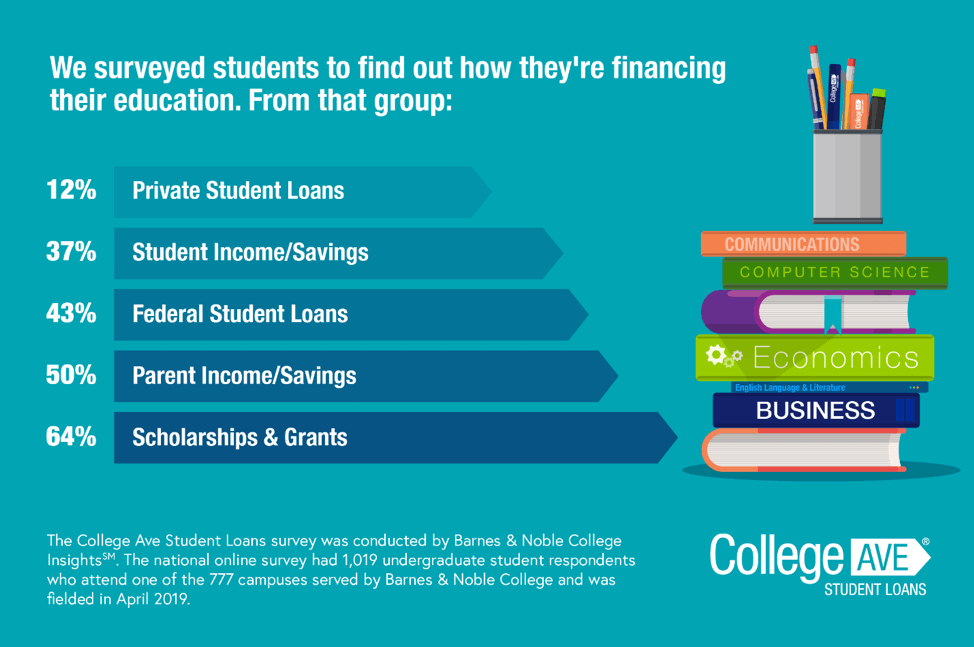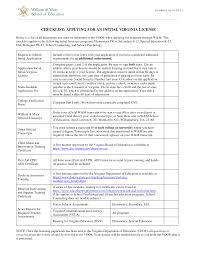
There have been many studies on the topic of games and learning. This article will address the issues and benefits of games in learning. We will discuss the advantages of simulations for learning, as well as the potential problems. Learning can be improved by using games in a variety of ways. These include improving retention and helping learners to develop the skills necessary to complete tasks. You may find learning fun through these games.
Research results from games for learning
Before you adopt game-based learning as your learning method, there are many important things to keep in mind. Research should also consider the time spent gaming. Studies have shown that classroom instruction is less effective than game play. Gamification offers greater opportunities for interaction, instant feedback, and a sense if control. For games to be effective in learning, it is important to use good assessment techniques. A review of existing research has found that gaming improves student learning outcomes.
Clark, for example, led a group of researchers that published 68 studies in a meta-analysis on digital games and learning. These included games and nongame conditions comparisons, as well assessment of the potential for augmenting standard educational game features with new features that will enhance learning outcomes. The results from the meta-analysis demonstrated the importance of game designs and their impact on learning outcomes. Although some findings were not consistent across groups, the researchers concluded that games are a powerful tool for improving learning.

Problems with games and learning
Learning through games has become an integral part of education. Many of these games allow students the freedom to fail without fear. Games provide an opportunity for students to learn from their mistakes, while making failure fun. In Burnout Paradise for example, students can crash their cars and earn points for amazing crashes. Video games such as Burnout allow students to feel inadequate and fail. Games can be used to teach students how to fail again and again.
Although games are becoming more popular in the classroom these days, they still present unique challenges. The current learning standards don't correspond with the games. Designers may have to make the games more school-like, and pick the right game genre. Teachers may not find games as educational as they would like, but it is possible to make them more academic-sounding. Moreover, incorporating games into a formal classroom can be expensive, and teachers and students may feel intimidated by the unfamiliarity of the technology.
Games can be a great way to learn
Several studies have shown that students who engage in educational games show higher retention of information compared to those who learn exclusively from textbooks. In addition to improving student engagement, these games also help students develop problem-solving skills and promote positive emotions. They have also been found to improve cognitive functions and even reverse certain aging-related brain problems. By requiring students to make different decisions (from simple ones to more complex strategies), games provide cognitive exercises.
Many games have role-playing components that encourage creativity and encourage students explore new perspectives and ways to think. These games help students develop their agency and problem-solving skills as well as build relationships. According to former teachers and assistant professors at the University of Northern Colorado, role-playing games encourage students to think outside of the box. Because of their immersive nature, these games are also conducive to creative thinking.

Simulations in Learning: The Problems
Simulating in the classroom can lead to many problems. For example, students can feel uncertain about the outcome of a scenario when they are not aware of its implications. Students who don't know how to handle situations in simulations are more likely to be frustrated. Simulations must be grounded on clear and well-defined outcomes. Students should be able and willing to cooperate with others.
Another problem is students getting carried away with the concepts and losing sight of the main idea. To prevent this, teachers need to anticipate potential problems and direct students back to the main learning goals. While it is best to use the top students in class to take on the roles, this may not always work. A professional tutor can help you decide whether or not to use simulations in the classroom.
FAQ
What is an alternative school?
An alternative school is designed to give students with learning problems access to education, by supporting them with qualified teachers who understand their unique needs.
The aim of an alternative school is to provide children with special educational needs with the opportunity to learn within a normal classroom environment.
Additional support is available if needed.
Alternative schools aren't just for those who were excluded from mainstream school.
They are open for all children, regardless their ability or disability.
How much does a teacher make in early-childhood education? (earning potential)
The median salary for early childhood teachers is $45,000 per calendar year.
However, there are some areas where salaries are generally higher than average. For example, teachers who work in large urban districts often earn more than those working in rural schools.
Salaries also depend upon factors such as how big the district is and whether or no teacher holds a master's/doctoral degree.
Teachers start off making less money than other college graduates simply because they don’t have much experience. Over time, however, their wages can increase dramatically.
How much does homeschooling cost?
Homeschooling does not require you to pay a set fee. Some families charge between $0-$20 per lesson. Others offer their services free of charge.
But homeschooling is not easy. It requires commitment and dedication. Parents must have enough time to devote to their children.
Access to books, materials, and other learning aids is essential. Many homeschoolers have to make use of community programs and events in order to enhance their curriculum.
Parents need to consider costs such as transportation, tutoring, and extracurricular activities.
In addition, homeschoolers must plan ahead for field trips, vacations, and special occasions.
How long should I study each semester?
The time you spend studying will depend on several factors.
Some schools may also require that you take certain classes every year. This means you might not have the freedom to take less courses during a semester. You can ask your advisor to tell you which courses you need to take each semester.
What is the distinction between public and private schools, you ask?
Public schools are free for all students. They offer education from kindergarten to high school. Private schools charge tuition fees for each student. They offer education from preschool to college.
Charter schools are public-funded but privately managed. Charter schools don’t follow traditional curriculum. They allow students more freedom to discover what interests them.
Charter schools are a popular choice for parents who believe all children should have access and quality education regardless their financial situation.
Statistics
- In most developed countries, a high proportion of the population (up to 50%) now enters higher education at some time in their lives. (en.wikipedia.org)
- Data from the Department of Education reveal that, among 2008 college graduates, 92.8 percent of humanities majors have voted at least once since finishing school. (bostonreview.net)
- They are more likely to graduate high school (25%) and finish college (116%). (habitatbroward.org)
- They are also 25% more likely to graduate from high school and have higher math and reading scores, with fewer behavioral problems,” according to research at the University of Tennessee. (habitatbroward.org)
- These institutions can vary according to different contexts.[83] (en.wikipedia.org)
External Links
How To
Where can you find a teacher job?
Teachers are available in public elementary schools and private elementary schools.
To become a teacher, you must first complete a bachelor's degree program at one of the following:
-
A four-year college or university
-
A program for associate's degrees
-
Some community college programs are two-years long
-
A combination of these three types of programs
To qualify for certification for teaching positions, applicants must meet state requirements. These include passing standardized testing and completing an internship period.
Most states require that candidates pass the Praxis II exam. This test measures knowledge in reading and writing as well math skills.
Many states require applicants to get a specialized license to teach in their state.
These licenses are issued by the states' boards of education.
Some states grant licenses without the need for additional testing. In these cases, the applicant should contact the board of education in his or her state to determine if this is true in your area.
Some states don't grant licenses to applicants who haven't completed a masters degree program.
Some states permit individuals to apply directly at the state board or education for licensure.
Licenses come in a variety of prices, lengths, and required coursework.
For example, some states require only a high school diploma, while others require a bachelor's degree.
Some states require training in specific areas, such as literacy or child development.
Some states require that applicants have a master’s degree to become licensed.
Many states ask potential teachers about their past employment when applying to be certified.
It is possible to mention other professions in your application.
However, the majority of states will accept any previous work experience regardless of what job it was.
You may wish to list your previous job title, position, and years of service.
These information are often useful to potential employers.
It shows them that your skills and experiences are relevant.
Working can give you new skills and valuable experience.
Employers can see this in your resume.